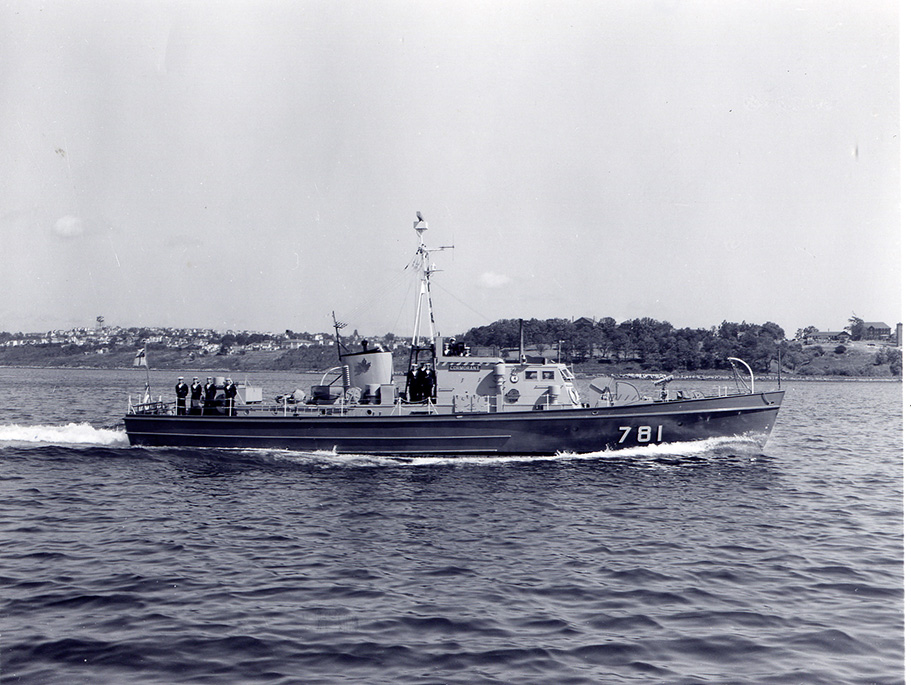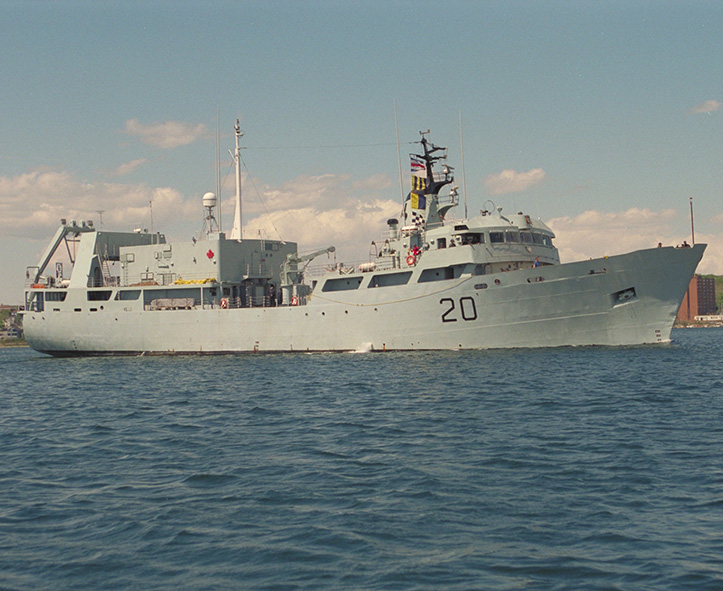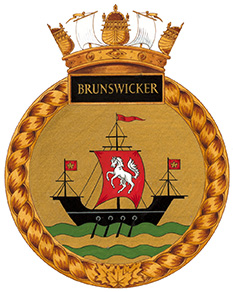HMCS Cormorant
There have been two vessels named Cormorant in the Royal Canadian Navy.
HMCS Cormorant (1st of name) (781) / Bird-class Patrol Vessel

HMCS Cormorant 781
The Bird class “seaward defence patrol craft” were launched from 1954 to 1956 at four Ontario boatyards. Intended to be the successors to the Fairmiles, they were born from a plan to have seaward defence patrol craft in case of war. Ninety vessels were considered but only four were built. Their principal peacetime functions were Reserve and cadet training and air/sea rescue.
HMCS Cormorant was commissioned in July 1956 and supported training on the Great Lakes before going to Halifax. In 1963, it became impossible to man the Birds and they had to be paid off and placed into reserve, before being sold in 1970-71. None of these ever became tenders to Naval Reserve Divisions in true replacement of the Fairmiles.
- Builder: Midland Boat Works, Midland, ON
- Date launched: 15 May 1956
- Date commissioned: 16 July 1956
- Date paid off: 23 May 1963
- Displacement: 67.1 tonnes full load
- Dimensions: 28 m x 5.2 m x 1.6 m
- Speed: 14 knots
- Crew: 21
- Armament: 1-20 mm, Hedgehog
HMCS Cormorant (2nd of name) (20) / Diving Support Vessel

HMCS Cormorant 20

Badge of the HMCS Cormorant
Built in 1965, HMCS Cormorant was formerly the Italian-flag stern trawler Aspa Quarto. She was purchased for Maritime Command in July 1975 and converted, principally, at Davie Shipbuilding, Lauzon, Que., for her new purpose. She served as mother ship to SDL-1 (Submersible Diver Lockout), a mini-sub capable of reaching a depth of 2,000 feet, and which has been extensively used to chart the bottom of a Halifax harbour.
Between 23 August and 5 October, 1989, Cormorant, along with CFAV Quest, was deployed to Canada’s eastern High Arctic waters, conducting defence research in Baffin Bay, Lancaster Sound, and Davis Strait. In the course of the operation, dubbed NORPLOY 89, she visited Canada’s northernmost Inuit community, Grise Fjord, on Ellesmere Island. Her SDL-1 also found and filmed the Breadalbane, crushed and sunk by ice off Beechey Island in 1853 while searching for John Franklin’s lost Northwest Passage expedition.
During her career she was used for a variety of purposes ranging from retrieval of illegal drug caches; covering vents in the sunken barge Irving Whale to recovering the bell from the wreck of the Edmund Fitzgerald. Cormorant had among her complement the first women to be assigned to a Canadian naval vessel.
- Builder: Cantiere Navale Apuania, Marina-Carrara, Italy
- Date commissioned: 10 November 1978
- Date paid off: 2 July 1997
- Displacement: 2 387.7 tonnes
- Dimensions: 74.7 m x 11.9 m x 5.1 m
- Speed: 14 knots
- Crew: 65